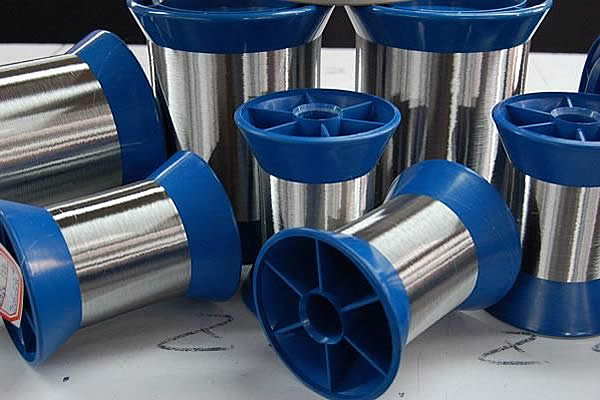 TEL:
+86-13102802206
TEL:
+86-13102802206
 Email:
fencenetting@china.com
Email:
fencenetting@china.com
 Language
Language
 TEL:
+86-13102802206
TEL:
+86-13102802206
 Email:
fencenetting@china.com
Email:
fencenetting@china.com
 Language
Language


Understanding Standard Barbed Wire A Comprehensive Overview
Barbed wire, an iconic symbol of fences and boundaries, has played a pivotal role in agriculture, security, and military applications since its invention in the late 19th century. The standard barbed wire consists of twisted strands of wire, with sharp-edged barbs spaced at regular intervals. This design not only serves as an effective barrier but also deters animals and intruders, making it a staple in various fields.
The origins of barbed wire can be traced back to 1867, invented by Joseph F. Glidden, who aimed to find an efficient way to enclose large areas for cattle grazing. With the westward expansion in the United States, the need for effective fencing became paramount. Glidden’s design galvanized the fencing industry, leading to mass production that fulfilled the growing demands of farmers and ranchers.
Standard barbed wire typically features two main components the line wire and the barbs. The line wire is the primary structural element, often made from high-tensile steel, which offers durability and resistance to rust and corrosion. The barbs are attached at consistent intervals, usually ranging from 4 to 6 inches apart, and their pointed design ensures that they pose a physical deterrent to animals and trespassers.

One of the significant advantages of barbed wire is its cost-effectiveness. It is relatively inexpensive to produce and install compared to other fencing options. Furthermore, standard barbed wire is lightweight, making it easier to handle and transport. These attributes make it a popular choice for various applications, from agricultural fields to industrial sites.
However, while barbed wire is effective, it also has its drawbacks. The sharp barbs can pose safety hazards to livestock, pets, and even humans. Injuries from barbed wire can be severe, leading to cuts and infections. Therefore, it is crucial for property owners to consider alternatives or safety measures, such as proper signage or combination with other forms of fencing.
In recent years, advancements in technology have led to the development of composite materials and new designs that improve the effectiveness of barbed wire while minimizing risks. These innovations focus on enhancing durability and aesthetics, making modern barbed wire more versatile for various environments.
In conclusion, standard barbed wire remains a crucial element in fencing solutions. Its historical significance, coupled with its practicality and affordability, ensures its place in both rural and urban settings. However, as society becomes more aware of safety concerns, it is essential to balance effectiveness with humane practices. Understanding the characteristics and uses of standard barbed wire enables better decision-making for those looking to establish secure boundaries in their properties.